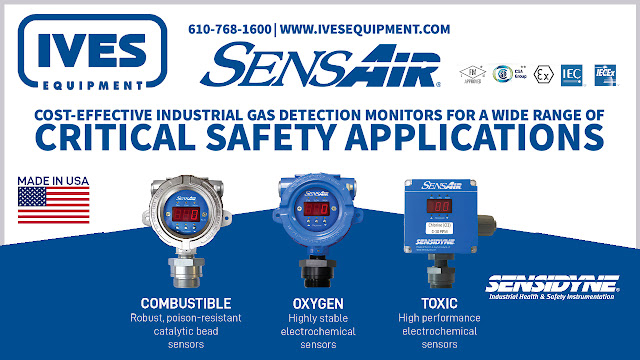Industrial electronic pressure and temperature switches measure and control pressure and temperature in industrial processes. These devices typically consist of an electronic sensor, which measures the pressure or temperature, and an electronic control circuit, which compares the process value to a set point and generates an output signal.
The electronic sensor can be a piezoelectric, strain gauge, RTD, or thermocouple device. The electronic control circuit typically includes a microcontroller or microprocessor that can be programmed to perform various functions, such as controlling pressure or temperature, monitoring process variables, and communicating with other electronic devices.
Industrial electronic pressure and temperature switches are used in a wide range of industrial applications, including HVAC, oil and gas, chemical processing, food and beverage, and power generation. They are commonly used to control pumps, compressors, valves, and other process equipment to ensure optimal performance and safety.
Industrial electronic pressure and temperature switches have several advantages over electromechanical switches:
- Greater accuracy: Electronic switches use electronic sensing elements, which are more accurate than mechanical ones.
- Faster response time: Electronic switches can respond much faster to changes in pressure or temperature than mechanical switches.
- Greater durability: Electronic switches have no moving parts, so they are less likely to wear out or fail.
- Increased flexibility: Electronic switches can be programmed to perform a variety of functions and are easily integrated with other electronic devices.
- Lower maintenance: Electronic switches require less maintenance than mechanical switches, as they have no moving parts to wear out.
- Greater control: Electronic switches can be programmed for various set points and output multiple signals.
- Cost Savings: Electronic switches are generally less expensive over their lifetime because of their durability and lower maintenance requirements.






